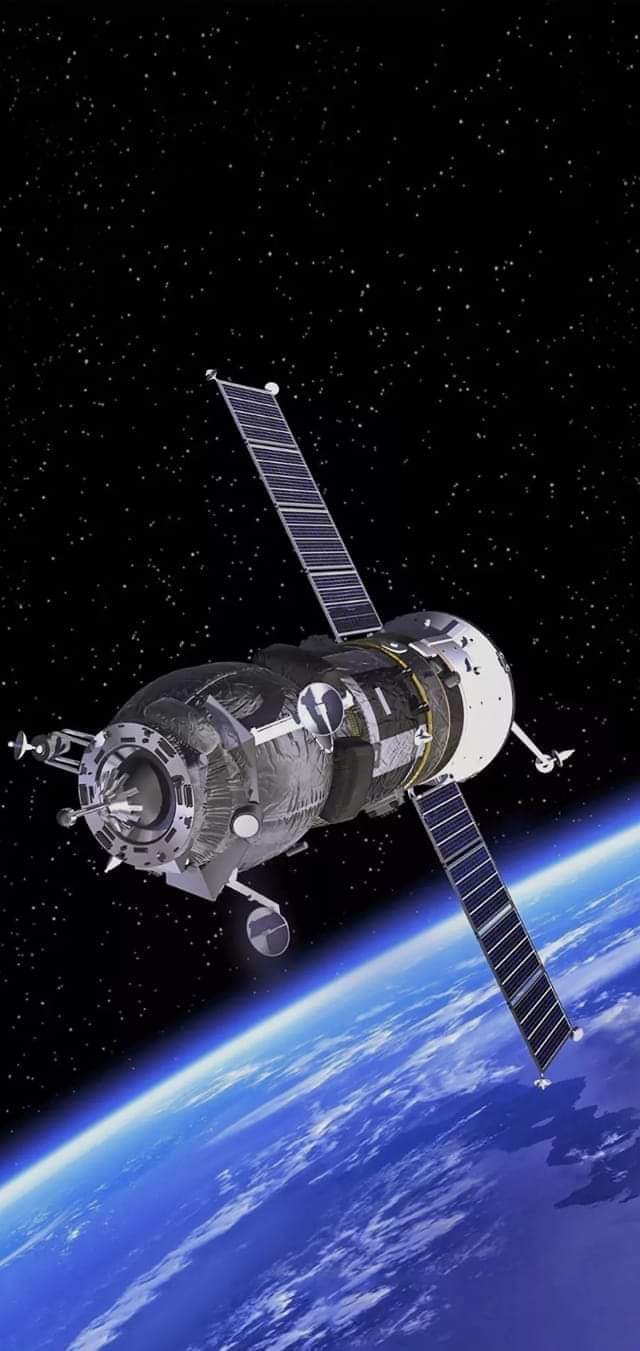How can waves flow in a square? All the visible waves reach the shore in the same straight line. Cross-sea is a phenomenon in which the same waves reach the shore in a rectangular or oblong shape.
This cross sea is formed when the coastline strengthens along the coast. If you look at the pictures of this phenomenon, it seems that large pipes or other things have created square shapes in the sea. It is with such precision that the squares are formed in the waves. The Cross Sea phenomenon is one that appears within minutes and disappears as well. The cross sea phenomenon is not as trivial as one might think. It is also dangerous.
Cross seas often take human lives because they appear without any major warnings. Cross seas are dangerous not only for swimmers but also for boat people and ships. Waves coming straight in from both sides will put those in between in crisis. It is trapped within the four boundaries of the waves, unable to get out.
These waves are larger than normal waves. Cross-sea phenomena can occur up to 3 m in height, hence the nickname Sea Wall. Experts advise not to cross the sea if you see such a cross-sea phenomenon, and to reach the shore as soon as possible if they form while swimming in the sea.
Oblique angle

The cross-sea is caused by the collision of two coastlines at an oblique angle. Sloping waves collide with each other, creating a barrier for the waves to reach the shore. Wind is the main cause of wave deflection. Thus, when the wind pushes the waves from one side to the other, the waves from the opposite direction also create a repulsion. It is during this time that the rectangular waves, called cross seas, form.
This cross-sea phenomenon is also an example of a mathematical system that mathematicians and physicists call the Kadamsev pettyashly equation. This mathematical equation is commonly used to describe the random motion of anything that looks like a wave and the interaction between two weather phenomena.





Recent Comments